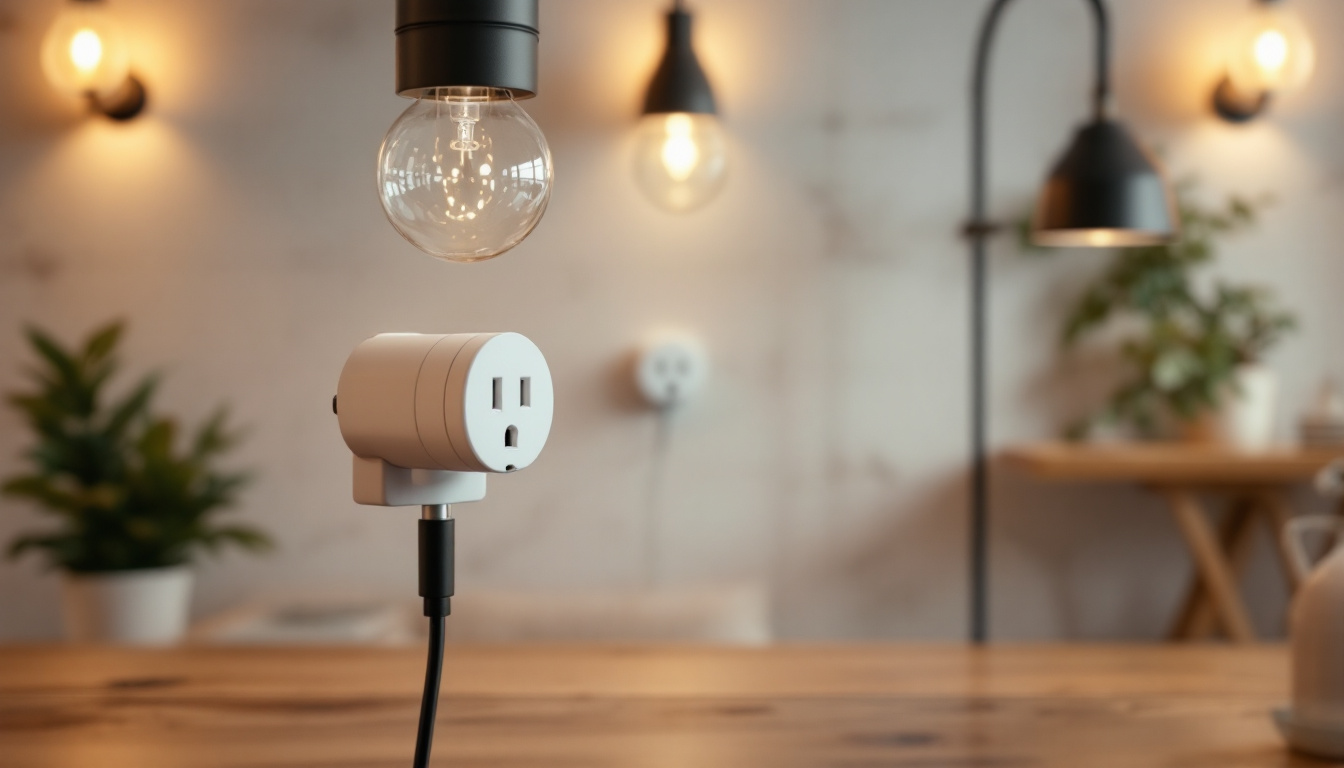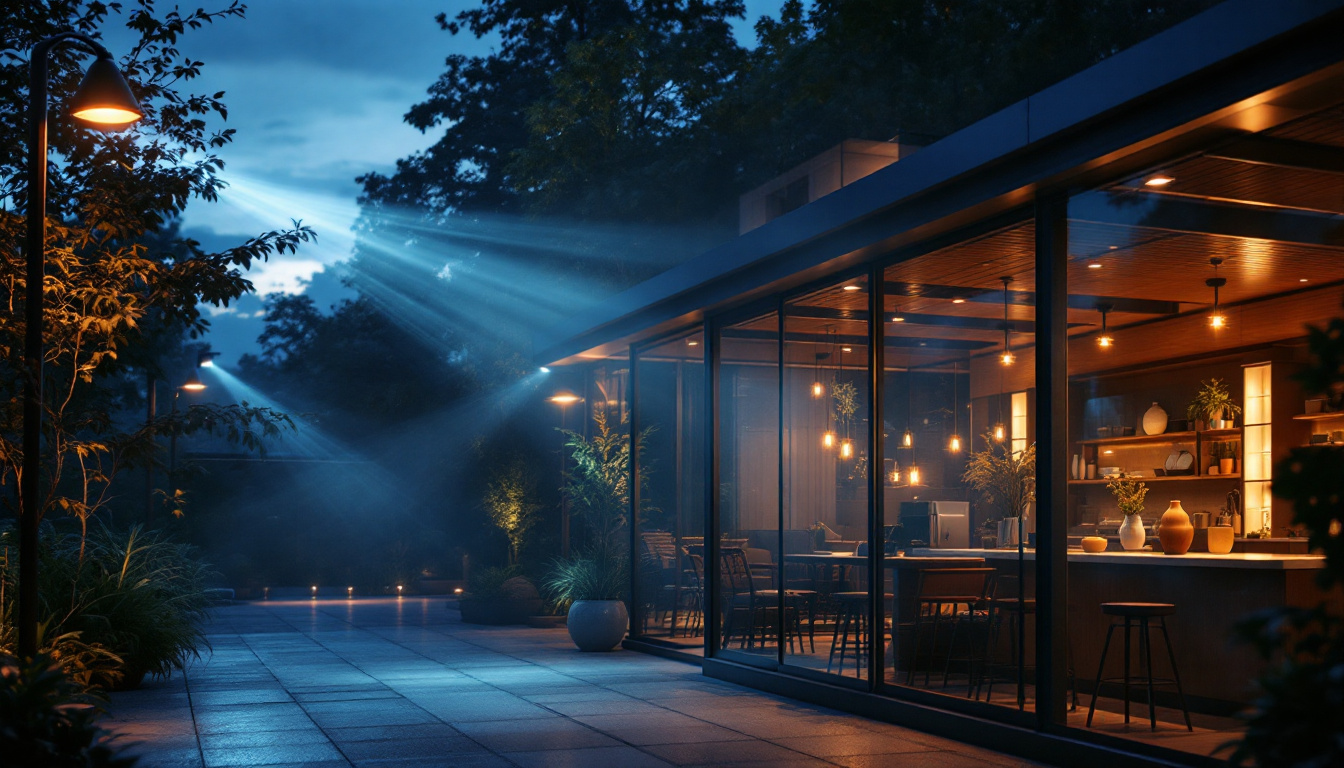
In the rapidly evolving world of lighting technology, LED tube lights have emerged as a popular choice for both commercial and residential applications. Their energy efficiency, longevity, and versatility make them an attractive option for lighting contractors. However, there are several nuances and considerations that professionals often overlook when specifying and installing 4ft LED tube lights. This article delves into these overlooked aspects, ensuring that contractors can optimize their projects and deliver the best results for their clients.
LED tube lights are a type of lighting fixture that replaces traditional fluorescent tubes. Typically available in lengths of 2ft, 4ft, and 8ft, these lights use light-emitting diodes (LEDs) to produce illumination. The 4ft variant is particularly popular in commercial settings, such as offices, retail spaces, and warehouses, due to its balance of size and light output. These lights not only provide bright and clear illumination but also contribute to a more visually appealing environment, enhancing the overall aesthetic of the space.
One of the primary advantages of LED tube lights is their energy efficiency. They consume significantly less power than their fluorescent counterparts while providing the same or even better light quality. Additionally, they have a longer lifespan, which reduces maintenance costs and the frequency of replacements. The reduced heat output of LED tube lights also contributes to a cooler environment, making them ideal for spaces where temperature control is crucial, such as in food storage areas or server rooms.
There are generally three types of LED tube lights available on the market: direct replacement, universal, and integrated. Each type has its own installation requirements and benefits. Understanding these differences can help consumers and contractors make informed decisions based on their specific lighting needs and existing infrastructure.
In addition to these types, LED tube lights are available in various color temperatures, ranging from warm white to cool daylight. This variety allows users to select the perfect ambiance for their space, whether it’s a cozy atmosphere for a restaurant or a bright, invigorating environment for a workspace. Moreover, many LED tube lights are now designed with dimming capabilities, providing even greater control over lighting levels and energy consumption. This feature is particularly beneficial in settings where lighting needs may change throughout the day, allowing for adjustments that enhance comfort and productivity.
One of the most common misconceptions among lighting contractors is the relationship between wattage and lumen output. Many professionals still equate higher wattage with brighter light, which is not the case with LED technology. LED tube lights are designed to produce a significant amount of lumens while consuming less wattage compared to traditional lighting.
For example, a 4ft LED tube light may only consume 20 watts while delivering 2200 lumens. In contrast, a conventional fluorescent tube may use 32 watts to produce a similar lumen output. Understanding this difference is crucial for contractors when calculating energy savings and advising clients on the most efficient lighting solutions. Additionally, the long lifespan of LED tube lights—often exceeding 25,000 hours—further enhances their cost-effectiveness, as they require less frequent replacement than traditional bulbs. This longevity not only reduces maintenance costs but also minimizes waste, making LED lights a more environmentally friendly option.
Another aspect that is often overlooked is the importance of color temperature. LED tube lights are available in a range of color temperatures, typically measured in Kelvin (K). Common options include warm white (3000K), neutral white (4000K), and cool white (5000K).
Choosing the right color temperature can significantly impact the ambiance of a space. For instance, warm white is ideal for residential settings, creating a cozy atmosphere, while cool white is better suited for commercial environments, promoting alertness and productivity. Contractors should take the time to discuss color temperature preferences with their clients to ensure satisfaction with the final lighting design. Furthermore, it’s worth noting that color temperature can also affect the perceived color of objects in a room. A warm light may enhance the richness of wood tones and textiles, while a cooler light can make colors appear more vibrant and true to life. This understanding can help contractors make more informed recommendations tailored to the specific needs of each space, ensuring that the lighting not only serves its functional purpose but also enhances the overall aesthetic appeal.
When replacing fluorescent tubes with LED versions, compatibility with existing ballasts is a critical factor. While some LED tubes are designed for direct replacement, others may require the removal of the ballast or the use of a specific type of ballast. Failing to address this compatibility can lead to flickering lights or complete fixture failure.
Contractors should carefully review the specifications of the LED tubes they intend to use and assess the existing fixtures. In some cases, it may be more efficient to install integrated LED tubes that do not rely on ballasts, simplifying the installation process.
Proper mounting of LED tube lights is essential for optimal performance and longevity. Many contractors may overlook the need for secure mounting, especially in environments with high vibration or movement. Ensuring that the fixtures are firmly attached can prevent issues such as flickering or premature failure.
Additionally, attention should be paid to the orientation of the tubes. While many LED tubes can be installed in any position, some may have specific recommendations for vertical or horizontal installation to achieve the best light distribution.
Energy efficiency is one of the primary selling points of LED technology, but accurately calculating energy savings can be complex. Contractors should consider not only the wattage difference between the old and new fixtures but also the hours of operation and the cost of electricity in their calculations.
For instance, switching from a 32-watt fluorescent tube to a 20-watt LED tube may seem straightforward, but when factoring in the hours of use per day and the local energy rates, the savings can be substantial. Providing clients with a detailed energy savings analysis can enhance the contractor’s value and help clients make informed decisions.
In addition to energy savings, LED tube lights offer a more environmentally friendly solution compared to traditional lighting. They contain no hazardous materials, such as mercury, which is commonly found in fluorescent tubes. This aspect is increasingly important to clients who prioritize sustainability in their projects.
Contractors can promote the environmental benefits of LED technology as part of their marketing strategy, appealing to eco-conscious clients and businesses looking to reduce their carbon footprint.
Not all LED tube lights are created equal. The quality of LED products can vary significantly between manufacturers. Contractors should prioritize working with reputable brands that offer reliable warranties and certifications. This diligence ensures that the products meet safety standards and perform as expected over their lifespan.
When evaluating manufacturers, consider factors such as the quality of the LED chips used, the efficiency of the driver, and the overall construction of the tube. Investing in high-quality products can lead to fewer callbacks and greater customer satisfaction.
While LED tube lights are known for their longevity, regular maintenance is still essential to ensure optimal performance. Dust and debris can accumulate on the fixtures, reducing light output and efficiency over time. Contractors should educate clients on the importance of periodic cleaning and inspection of their lighting systems.
Additionally, contractors should stay informed about the latest advancements in LED technology and lighting design. This knowledge allows them to offer clients the most current solutions and maintain their competitive edge in the market.
LED tube lights, particularly the 4ft variants, present a wealth of opportunities for lighting contractors. However, understanding the nuances of these products, from installation to energy efficiency, can significantly impact the success of a project. By addressing common misconceptions, ensuring compatibility, and prioritizing quality, contractors can enhance their service offerings and provide exceptional value to their clients.
As the lighting industry continues to evolve, staying informed and adaptable will be key to thriving in this competitive landscape. By focusing on the often-overlooked aspects of LED tube lights, contractors can position themselves as trusted experts and leaders in the field.
Ready to elevate your lighting projects with the best 4ft LED tube lights in the market? Look no further than LumenWholesale, where we provide contractors with top-notch, spec-grade lighting products at unbeatable wholesale prices. Say goodbye to local distributor markups and hello to a vast selection of high-quality, reliable lighting solutions that meet the highest industry standards. Plus, with free shipping on bulk orders, you can stock up on premium lighting without worrying about hidden fees or compromises. Don’t miss out on the perfect combination of quality, affordability, and convenience. Visit LumenWholesale now for Wholesale Lighting at the Best Value and make your next project shine!

Discover essential best practices for lighting contractors when selecting and installing normal light bulb bases.

Discover how electric receptacles can transform your lighting designs from ordinary to extraordinary.

Discover the ins and outs of movement-activated lighting with our comprehensive guide.

Discover essential insights into flood lights with our comprehensive guide tailored for lighting contractors.